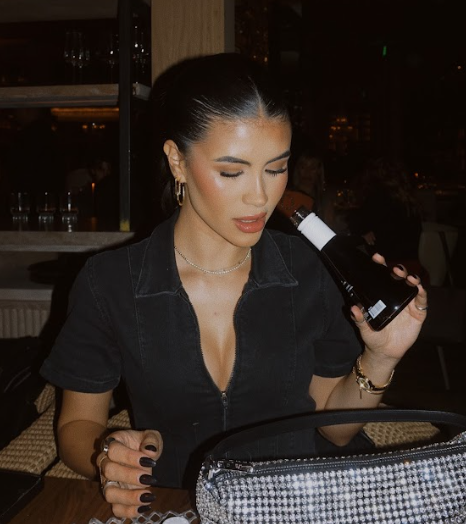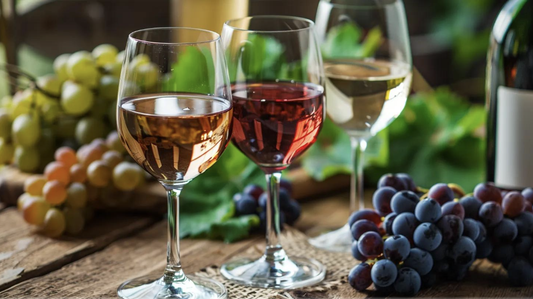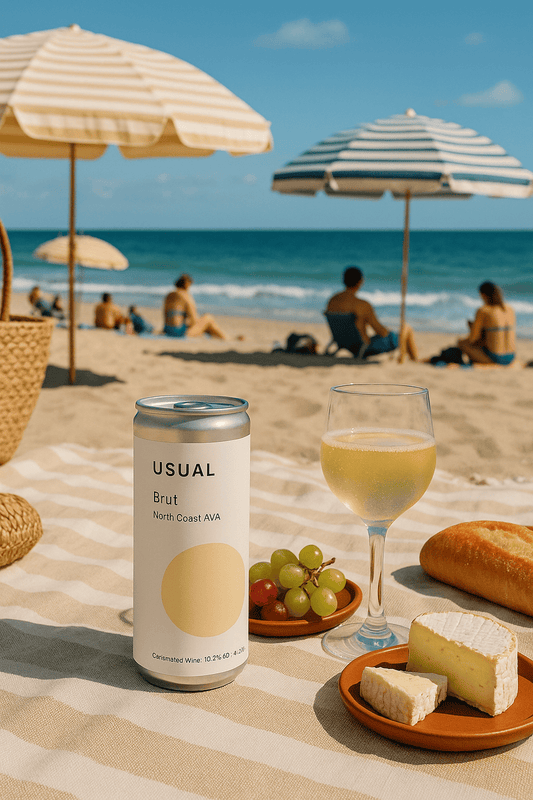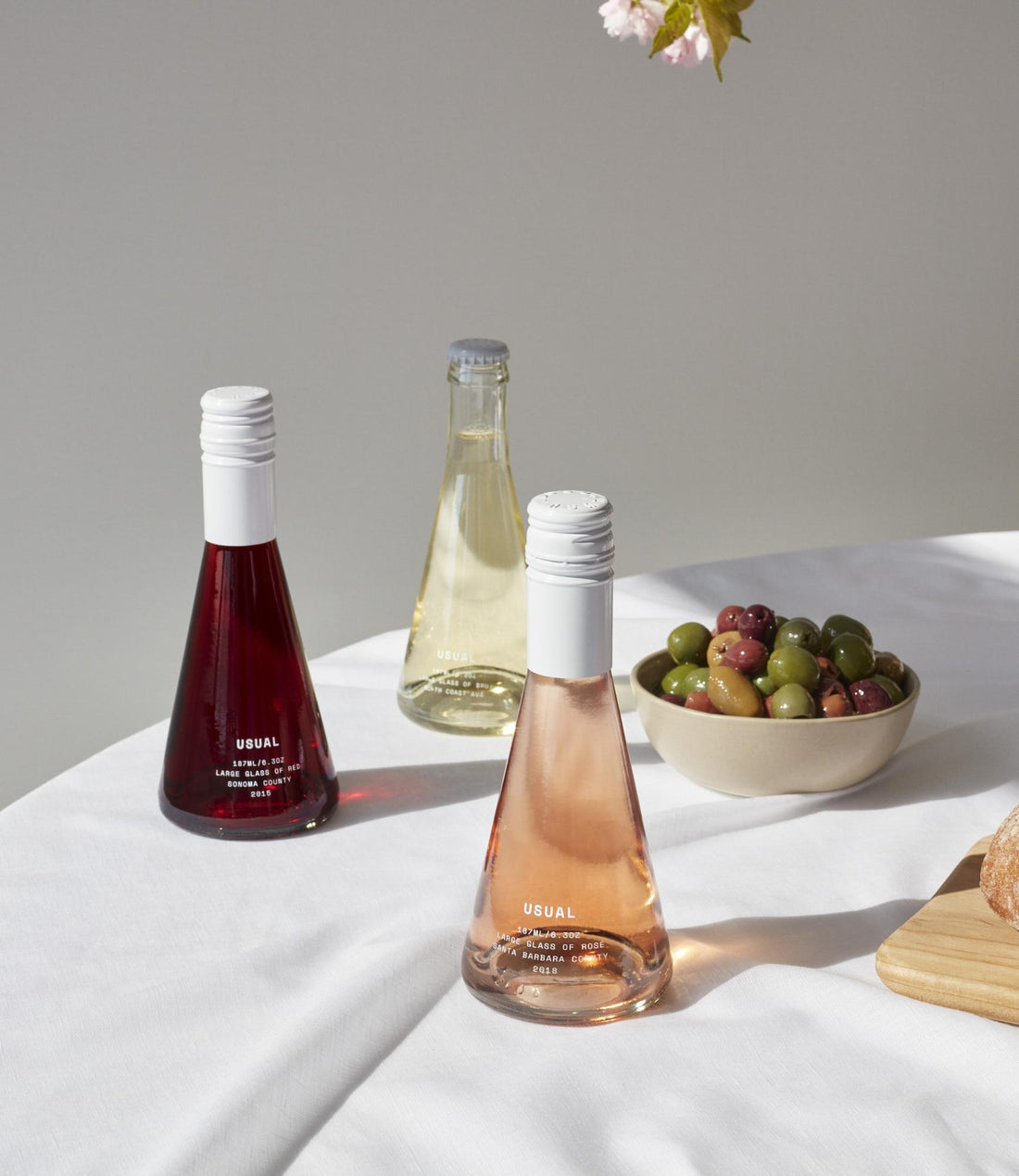
Low Alcohol Wine: 5 Low Alcohol Wine Choices You've Got To Try
McKenzie HaganWe love wine. The beautiful nuanced flavors, the way it harmonizes with our food, that refreshing first sip on a hot day — we (and probably you!) just can’t get enough.
However, while finishing your evening with a chilled glass of the good stuff is one of life’s greatest pleasures, overindulging in alcohol is not. Not only do you wake up feeling worse, but excessive consumption of alcohol isn’t good for your health.
Low alcohol wine is here to save the day (and tomorrow morning).
For those who want to consume less alcohol without sacrificing taste, we’ve compiled a list of some of the best lower alcohol wines for you to try. From sparkling Brut to fruity reds, this guide will help you beat the hangover.
Why Choose Low Alcohol Wine Over Regular Varieties?
Many people are shunning boozy bottles and reaching for wines with lower alcohol levels. You might be taking part in Dry January, prefer to keep a clear head on a night out, or simply want to watch your alcohol intake.
We know that many of us overindulge sometimes. For most of us, too much alcohol may lead to a hangover, but there are more serious outcomes too.
A diet that is too high in alcohol can result in many health conditions, including liver problems.
However, it’s not all doom and gloom. Alcohol, when consumed in moderation, can be part of a healthy, happy lifestyle. While some choose to cut down on the volume of alcohol they drink, low alcohol wine could be your secret weapon to a healthy night out.
You may think that you need to give up that second glass of wine to make a difference, but simply choosing a wine with a lower ABV (alcohol by volume) could halve your units.
Alcohol in wine, such as the alcohol content in Pinot Noir, is produced via fermentation. As the wine ferments, the added yeast creates a chemical reaction, converting the grape sugars into ethanol and carbon dioxide, thus producing alcohol.
Decoding the Making of Low Alcohol Wine
Alcohol in wine is produced via fermentation. As the wine ferments, the added yeast creates a chemical reaction, converting the grape sugars into ethanol and carbon dioxide, thus producing alcohol.
Because sugar is such a critical component to creating alcohol, grapes with naturally lower sugar content are lower in alcohol. If you are looking for wine that is a bit less boozy, seek out dryer wines with less naturally occurring sugars.
Many factors can affect a wine’s sugar levels. For instance, certain wine grapes are naturally higher in sugar than others. Other factors include when the grapes are harvested — the riper the grape gets, the higher its sugar levels will be.
Wine regions with cooler climates often produce wines with lower sugar levels and lower alcohol content. This is why an American Riesling has a higher alcohol content than one produced in Alsace, France. If you are trying to reduce your alcohol intake, try seeking out wines produced in New Zealand, Germany, and Northern France.
While some low alcohol wine is made like any other wine, some winemakers have found ways to chemically remove alcohol from their wine. The process is called reverse osmosis and involves machinery which separates the water and alcohol from the wine and pumps it out.
The wines produced via reverse osmosis can be very low in alcohol, or even alcohol-free. However, if you prefer naturally produced wines (like the sustainable way in which we make Usual Wines), learning which wines are naturally lower in alcohol is the way to go.
Choosing Your Low Alcohol Wine: Check the Alcohol Content First
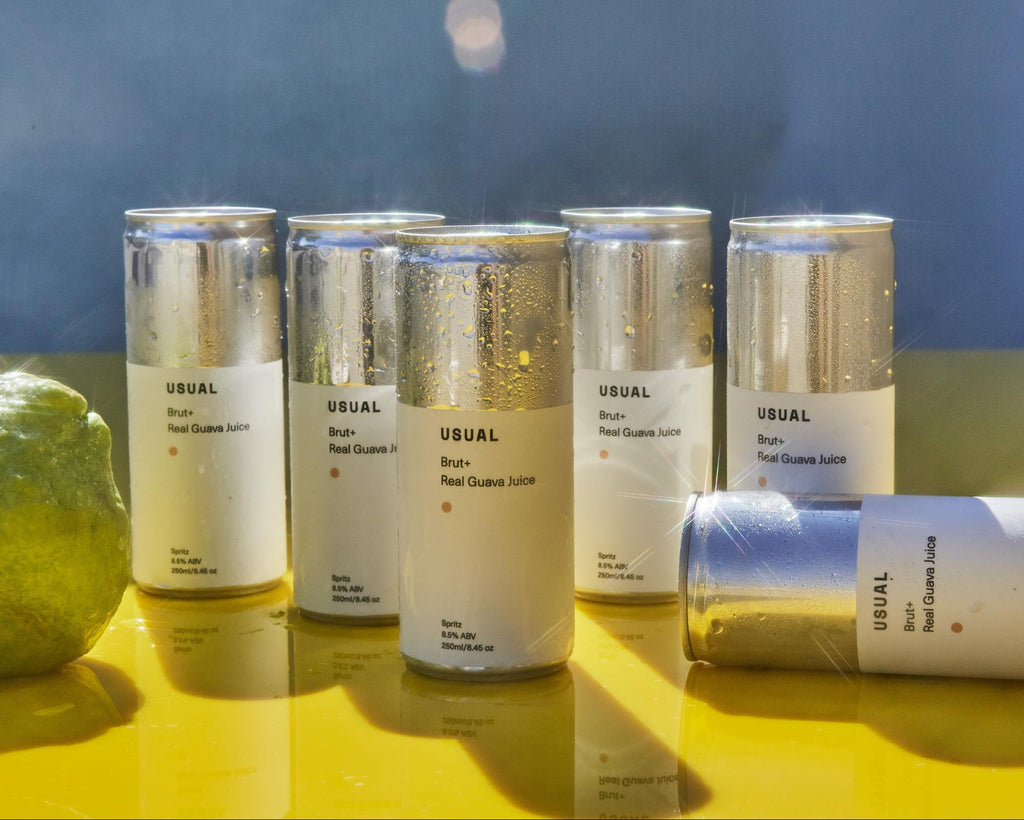
National health organizations advise you to watch your alcohol intake by limiting how many glasses of wine you consume a week. The general rule of thumb is that women can healthily have one alcoholic drink a day, while men can drink two. However, this advice is somewhat reductive.
Because the alcohol level of wine varies so drastically, you should pay attention to the ABV percentage, rather than the number of glasses you consume. While certain low alcohol wines have an ABV of 5.5%, high alcohol wines (such as Portugal's pride and joy, Port) go as high as 20%.
To make sure you’re not overdoing it on the booze, check your bottle for the ABV (it should be prominently displayed on the label). However, if you don’t get a chance to check the bottle, here are a few popular wine varietals you should be aware of:
Medium Alcohol
Wines with an ABV of 12.5-13.5% are considered medium alcohol content wines. This is where you’ll find the majority of your favorite white wines, rosés, and some dry red wines.
Wines in this category include:
- Chianti
- Champagne
- Sauvignon Blanc
- Cool climate Pinot Noirs
Medium-High Alcohol
Wines with an ABV of 13.5-14.5% are considered medium to high in terms of alcohol. As the alcohol content creeps up you’ll see wines with bolder flavors (think dark fruits like blackcurrant and savory notes of leather).
Wines in this medium-high category include:
- Warm climate Pinot Noirs
- Chardonnay
- Barolo
- Syrah
High Alcohol
Wines with an ABV of 14.5% and higher are ones to watch out for if you’re trying to lower your alcohol intake. These high alcohol wines are usually fortified, however, there are a few sneaky Australian Shiraz bottles which boast alcohol levels of up to 15%.
- Shiraz
- Port
- Madeira
- Marsala
- Californian Zinfandel
- Sherry
Some of the Best Low Alcohol White Wines and Their Alcohol Content
If you’ve decided to lower your intake even further, there are a wide selection of naturally low alcohol wines available to you. Stock a few to have on-hand if you need to chill out on your alcohol levels.
Brut Wine
Brut (which translates to “dry” in French) is a term you’ll see on the side of sparkling wine bottles. Brut means that the wine has had a very small amount of sugar added to it, compared to other styles of sparkling wine, such as Sec, Demi-Sec, and Doux.
Because Brut has little sugar added to it, it’s sharp, refreshing, and low in alcohol (the perfect low alcohol way to celebrate!). Check out our Brut and Brut Rosé, which have a cool 12% ABV.
Diving into Moscato Alcohol Content: Moscato d’Asti
An Italian sparkling wine, Moscato d’Asti has a teeny ABV of 5.5%, making it the ideal choice for a low alcohol picnic.
An Overview of Prosecco Alcohol Content: Why Choose Prosecco?
Another Italian favorite, Prosecco is a popular choice for summer. Light, affordable, and low in alcohol (most Prosecco has just 12% ABV), it's a readily available choice for those watching their alcohol consumption.
Choosing the Best Low Alcohol Red Wines
Low alcohol red wines are a little bit rarer than whites, however, there are few red bottles that are light on the booze, high on the flavor.
French Gamay
Produced in Beaujolais, France, Gamay is a light-bodied red wine with floral notes. French Gamay’s ABV ranges from 10-11.5% ABV.
Cool Climate Pinot Noir
Cool climate Pinot Noir has a lower alcohol content than warm climate Pinot Noirs and cool climate Merlots. Some Pinot Noirs have a respectable 11.5% ABV.
Finding Joy in Low Alcohol Wine
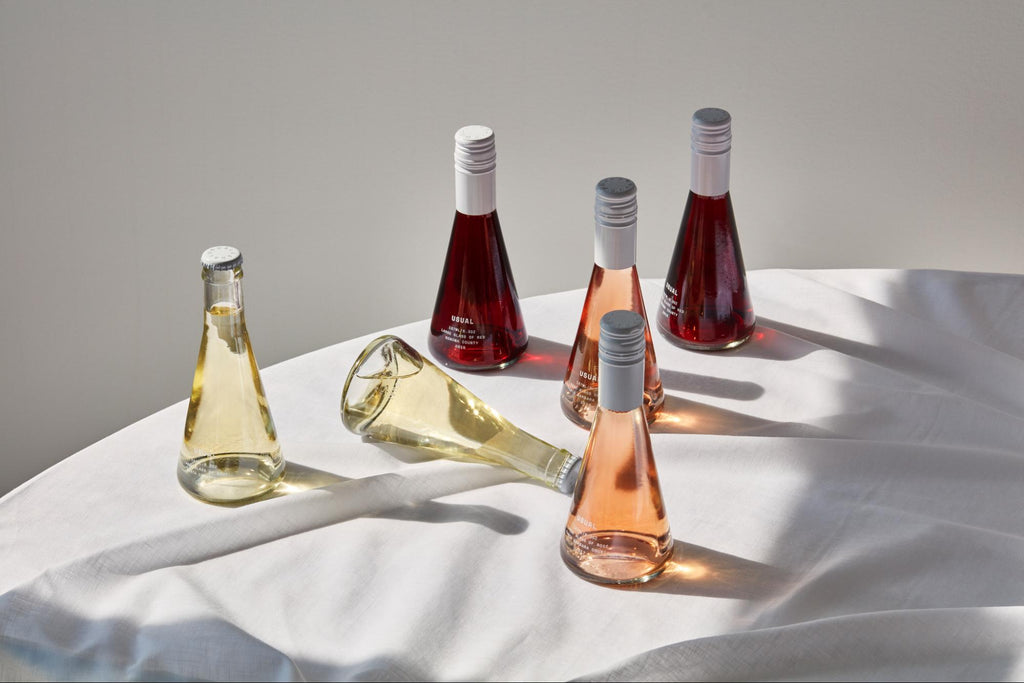
Less alcohol doesn’t mean less fun. There are plenty of wonderful wines out there that won’t leave your head spinning after just one glass.
Remember, seek out wines with an ABV of 12% or lower. Seek out the word Brut on your sparkling wine bottle, and where possible, try wines produced in cooler climates.
Whether you are looking for the ideal mid-week treat or are watching your alcohol intake, there is a world of wines for you to enjoy.
With the increasing demand for low alcohol wine, there are new options coming to market all the time. Keep an eye on local wineries, as many are beginning to produce unique, lower alcohol wines in response to this trend. A world of low alcohol wine awaits you, each with their unique flavors and aromatic profiles.





